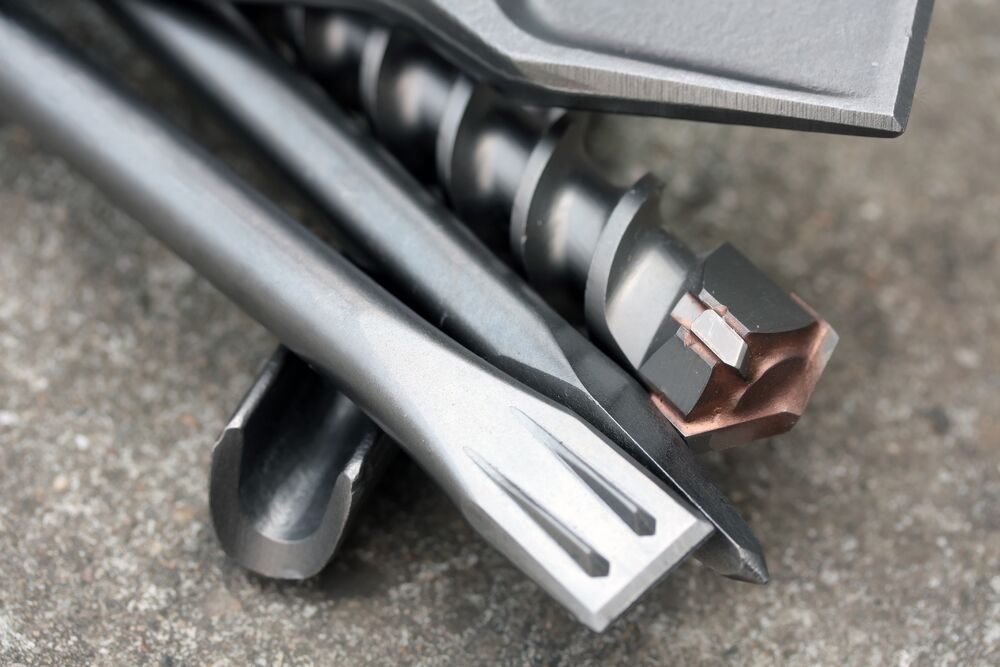
Mudjacking – also known as slabjacking or concrete lifting -- is a proven, cost-effective method for raising and leveling settled concrete. Tilted sidewalks, uneven patios and cracked driveways are just a few of the problems that can be fixed with this repair method.
The mudjacking process itself is fascinating. Let’s take a look at how we work our magic to repair your broken or settled concrete slabs.
To start the mudjacking process, the concrete repair contractor drills several holes in the slab. The holes must be strategically patterned, to effectively raise the slab back to an even position. In most cases, the mudjacking holes will be placed about two to four feet apart.
These holes are usually about two inches in diameter. The number of holes needed for a mudjacking project will vary, depending upon the extent of the concrete damage.
For the next step in mudjacking, Portland cement is combined with water and other materials, such as sand, dirt or limestone aggregate. This mud-like mixture is then hydraulically pumped under the concrete through the drilled holes.
The mudjacking slurry spreads out under the concrete slab as it is pumped, filling empty spaces or voids to stabilize the soil foundation. Once the voids are filled, the cement mixture becomes pressurized, and this is what actually lifts the slab.
Experienced concrete repair contractors carefully monitor the amount of slurry being pumped into each mudjacking hole, making adjustments as necessary to create an even surface.
When the slab is level, the mudjacking process is finished. However, the repair project isn’t quite complete. Next, we clean the slurry mixture from the holes and refill them with new concrete.
Most small mudjacking projects take only an hour or two from start to finish. Larger jobs take longer, but are still usually completed within one day. Once we finish, the slab is ready for use, although we ask that wait at least a few hours before putting any significant weight on the concrete.
Now that the mudjacking is done, one task still remains: caulking any cracks that may exist. If these cracks aren’t sealed, water can penetrate under the slab. This can result in additional soil erosion, which can lead to further concrete damage.
With the right materials and tools, you can do the caulking yourself. Or, if you’d like to avoid the work and make sure that the job is done properly, our teams can handle the caulking for you.
If you have cracked or settled concrete at your home or business, don’t put off having them repaired. The problem will only continue to worsen and potentially lead to a more extensive – and costly – situation.
Lift Right Concrete LLC offers all Utah customers a free mudjacking evaluation and estimate. Call our West Jordan or Grantsville office today to schedule a consultation with one of our skilled and experienced concrete repair specialists, and learn how mudjacking can benefit you.